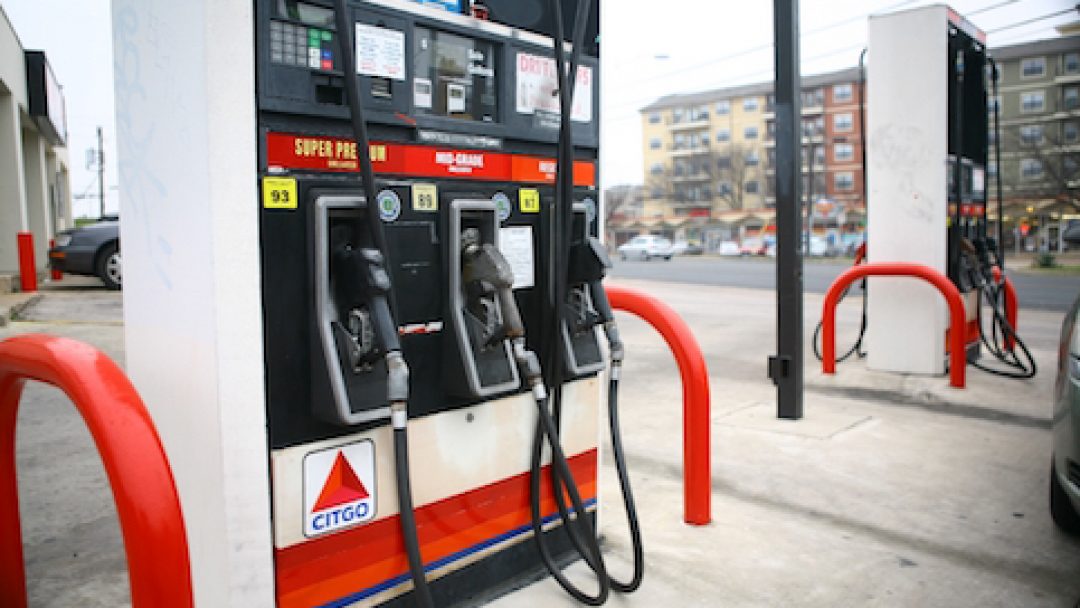In just the first two weeks of August, authorities in Arizona have already located 12 skimmers planted in gas stations in Tempe, Phoenix, Glendale, and Yuma. Four were found in Tempe, six found in Phoenix, and one each for Glendale and Yuma.
Since January, a total of 40 skimmers have been located across the state.
This has sparked state-wide motivation in tracking down and persecuting thieves who use credit card skimmers as a means to steal banking information. In response to increased reports of credit card theft, the state of Arizona has recently increased the felony penalty for using skimmers to collect credit card information.
Arizona is certainly not alone in fighting against credit card skimmers. In Florida, a whopping 150 gas station skimmers were found by the Department of Agriculture in 2015. California and New York also discovered gas station pumps that had been fitted with skimming devices.
As consumers, we tend to naturally trust that a publicly used payment method will be protected from interference. We assume that ATM’s, point-of-sale registers, and gas pumps will be safe. Unfortunately, in response to increasing awareness of credit card fraud and a push to protect financial identities, credit card thieves are discovering new methods of taking your information.
The single best method of protecting your financial information is to be aware of what a credit card skimmer is, and how to spot one.
What is a credit card skimmer?
If you pay for gas with a credit or debit card, you may run the risk of falling victim to a card skimmer. A skimmer is a magnetic device installed directly to the credit card slot, and is most commonly found at publicly used locations, like ATM’s and gas pumps. The skimmer functions similarly to a sleeve or a glove, and can be glued directly over the reader slot.
A skimmer will read credit card data from the magnetic strip and store it in a file. This means that the thief must risk exposure by returning to retrieve the skimmer, though this risk does not deter a thief who is intent on stealing credit card information.
If the data is successfully retrieved, the thief has more than enough money to create a duplicate card, or simply break into a bank account.
How can you identify a card skimmer?
Credit card skimmers can be difficult to recognize, but being alert and taking a few moments to inspect the card reader can go a long way towards helping you avoid a potential threat.
Check for any obvious signs of the device being tampered with.
This includes the top of an ATM, the sides, the screen, the speakers, the keypad, and the card reader itself. In these cases, tampering might look like the addition of a different color or material, or perhaps misaligned graphics. If something looks off, your safest bet is to pay for your gas in cash, or to use another ATM.
Look at surrounding card readers.
If you check a nearby gas pump or ATM and find that there are differences between the two,
that could be a sign of the device being tampered with.
Ensure that the reader is stable.
Credit card readers are manufactured to be very stable, but a credit card skimmer can compromise that stability. If the credit card reader seems to wiggle or move, it could be from the addition of card skimmer hardware.
Be aware of how it feels when the card is inserted into the reader.
Many victims of credit card skimming later report that the card had felt strange when inserted
into the reader. It may feel like it sticks or jams slightly. If something doesn’t feel right, you
should cancel the transaction and pay for your gas with cash instead.
The future of credit card security
The national push towards manufacturing credit and debit cards with an EMV chip is part of a broad effort towards discouraging theft and protecting information. Nearly all grocery stores, pharmacies, and shops now have chip-enabled readers.
Many gas pump card readers and ATM card readers haven’t been updated yet to accommodate using a chip, which means that even chip-enabled cards are put at risk. The deadline for updated chip readers is 2017. While upgrading to chip readers should eliminate the use of credit card skimmers, this deadline leaves ample time for skimming fraud to continue.
With multiple instances of gas pump skimmers enabling credit card theft in Arizona, the best way to keep your financial information safe is to be informed and alert. The next time you fill up your gas tank, keep an eye out for any signs of tampering or anything unusual. Knowing what to look for can truly make a difference in avoiding credit card theft.








